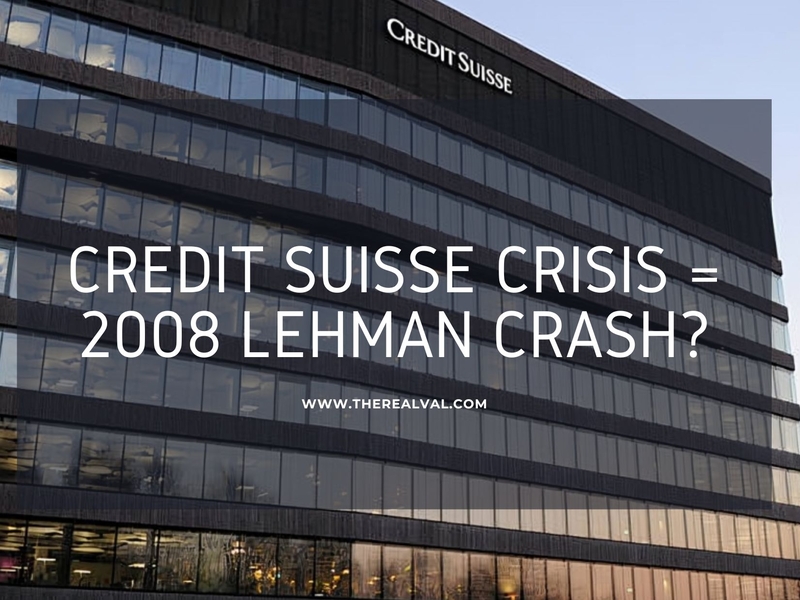The year 2024 has been a transformative one for the U.S. commercial real estate market. It’s been a mix of hurdles and opportunities, shaped by high interest rates, changing work habits, and shifting consumer trends. Month by month, these factors have left their mark, driving notable changes across the industry.
January
The commercial real estate market kicked off the year with a mix of challenges and opportunities, varying across sectors. Here’s a snapshot:
- Multifamily: High mortgage rates drove strong demand, with net absorption up a staggering 120% year-over-year.
- Office: The story was different here—vacancy rates shot up to 13.7% as businesses rethought their office space needs, doubling last year’s rates.
- Industrial: While rent growth held steady at nearly 6%, net absorption began to cool.
- Retail: Demand dipped, but vacancies stayed low at about 4%, thanks to limited new construction.
- Hospitality: Occupancy rates remain below pre-pandemic levels, trailing by 2.9%.
[NAR]
February
The trends from January carried forward into February:
- Multifamily: Rental demand outpaced new supply, keeping vacancy rates steady and the sector thriving.
- Office: Vacancies continued to rise as businesses reassessed their real estate needs.
- Industrial: Despite slowing absorption, rent growth held strong, reflecting steady interest in this segment.
[NAR]
March
March brought notable shifts, particularly in property valuations:
- Overall: Commercial real estate values dropped by about 7% year-over-year.
- Office: The decline was most pronounced in major cities like New York, where valuations took a significant hit.
[A Street Partners]
April
April reflected a varied performance across commercial real estate sectors:
- Office: Vacancy rates hit record highs, continuing the downward spiral in this segment.
- Industrial: Rental growth slowed, hinting at a cooling market.
- Retail: Low vacancy rates persisted, supported by limited new supply.
- Hospitality: Hotels continued to lag, with occupancy still falling short of pre-pandemic levels.
[NAR, A Street Partners]
May
Investment activity showed signs of stabilization in May:
- Distressed Assets: Investors began eyeing opportunities in distressed retail and industrial properties.
- Strong Fundamentals: Despite challenges, these sectors held promise, thanks to their relatively robust fundamentals.
[Dealpath]
June
June painted a mixed picture across sectors, with some signs of strain:
- Office Market: Leasing activity plunged, with demand down 63 percentage points compared to pre-pandemic averages.
- Retail: Tight availability propped up rental rates, even as demand softened.
- Industrial: Net absorption saw a sharp decline, raising concerns about potential overcapacity.
[NAR, Dealpath]
July
July brought some relief with easing inflation, sparking speculation about possible Federal Reserve rate cuts.
- Multifamily: Demand stayed strong, driven by ongoing housing affordability challenges.
- Retail & Industrial: Both sectors experienced a noticeable slowdown in net absorption rates, signaling a cooling trend.
- Office: High office vacancies (13.8%) remained a key concern.
[NAR]
August
August reflected the ongoing pressures and resilience in different commercial real estate sectors:
- Office: Challenges persisted, with vacancy rates staying at record highs.
- Retail: Availability tightened further, keeping vacancy rates low at around 4%, despite reduced demand.
[NAR]
September
As Q3 wrapped up, analysts forecasted continued shifts across the market:
- Sector Adjustments: Anticipated realignment as sectors adapt to evolving economic realities.
- E-commerce & Remote Work: These trends are reshaping consumer behaviors and impacting demand, particularly in retail and office spaces.
[WSJ]
October
October hinted at recovery in commercial real estate, buoyed by the Federal Reserve’s 50 bps rate cut:
- Office: Net absorption turned positive, showing slight demand improvement, though vacancy rates stayed high.
- Retail: Tight availability kept vacancy rates low amid limited new supply.
- Industrial: Rent growth slowed as vacancy rates climbed.
- Multifamily: Demand rebounded strongly, nearing record highs from 2021.
[MDRE, CARW]
November
November saw a rise in investment, driven by optimism after another 25 bps rate cut:
- Office: Leasing activity improved, but major markets like Dallas-Fort Worth reported high vacancies (19.4%).
- Retail: New urban revitalization projects signaled demand despite economic uncertainties.
[Houlihan Lokey, MDRE]
December
The year closed with optimism for 2025, with a third consecutive rate cut (25 bps) for the year 2024:
- Market Recovery: Analysts anticipated accelerated transaction activity in early 2025, supported by strong public REIT performance.
- Sector Highlights: Multifamily remained robust, while retail and industrial sectors demonstrated resilience despite earlier challenges. Office vacancies, however, remained a notable concern.
[Invesco, CBRE]
In 2024, the U.S. commercial real estate market proved its resilience in the face of uncertainty. Multifamily properties thrived, driven by strong demand, while retail remained stable thanks to limited new construction. Meanwhile, the office sector grappled with high vacancies and falling valuations, and industrial properties saw a cooling market but held onto solid fundamentals.
As interest rates began to stabilize later in the year, new opportunities emerged for investors ready to navigate this shifting landscape. Looking to 2025, experts predict a cautiously optimistic outlook.
Trending





